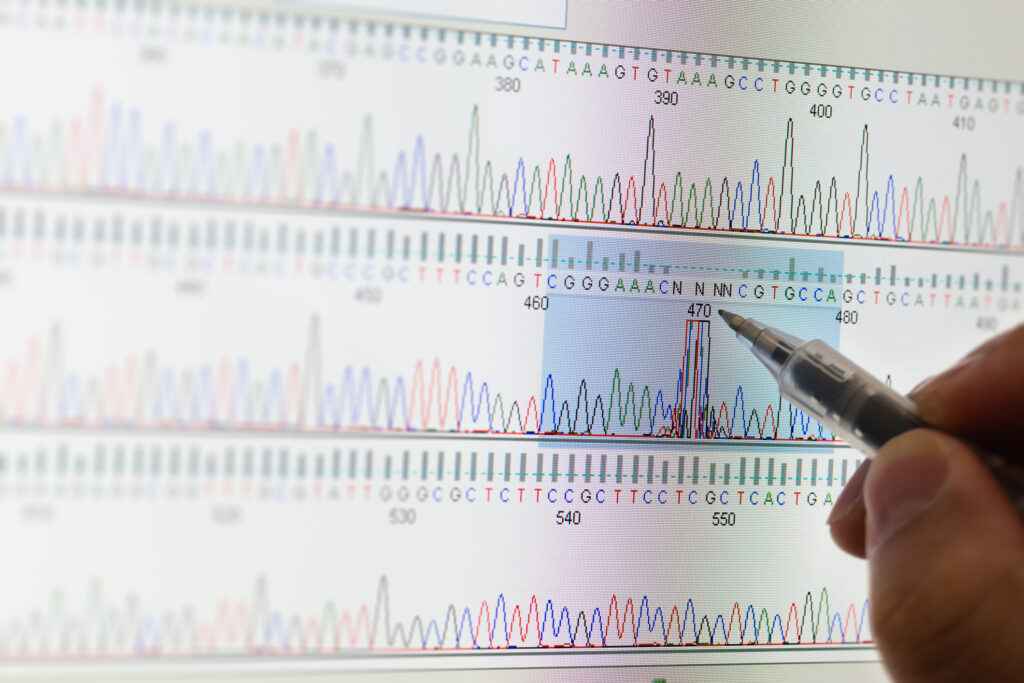June 2021
Is Medical Coding An Art Or A Science?
Medical coding is a very technical field within the healthcare industry. Yet mastering it demands that you think of it as an art. Is it more of an art than a science? In this article, we will discuss reasons why medical coding is an art, as well as why it is a science.
The Art of Coding

Art is full of interpretation, thought, contemplation, and going beyond the confines of linear, methodological thinking. Coding is similar in that respect. Not only are you presented with large amounts of scientific data, but you are also piecing together a patient, a person.
Instead of focusing too narrowly on codes themselves, the art of coding is based on a whole-person philosophy.
There is no single way of parsing through a patient chart or deciphering a set of codes. The outcome is dependent on accuracy, but the path and routes of interpretation are unique to every medical coder.
For example, Angela Lima, an AAPC certified instructor states, “The process involves discussion and contemplation to bring the documentation and the codes together in a manner that makes sense.” The process relies heavily on balancing differing interpretations, and piecing each person’s contributions into a singular, larger puzzle.
Using a complete picture of the patient’s circumstances can also add as a check and balance feature to self-audit one’s work:
- Are there any conditions missing?
- Are there any body parts that were not mentioned?
- Any missing treatments?
By checking your work, you can artfully piece together a patient’s chart like a detective, and figure out what brought them to their healthcare provider in the first place.
The Science Of Coding

Medical coding is perfect for those who appreciate uniformity, and clear-cut answers in their work. There is a lot of science involved in the medical coding process.
The scientific process is a linear model that can be utilized to ensure accuracy and specificity in diagnosis codes. The six steps of the scientific process are question/process, research, hypothesis, experiment, analysis/data, and conclusion.
In terms of medical billing and coding, this can help you go from a blank CMS-1500 to a completed form in no time:
- Question: How can I get this patient completely coded?
- Research: This step would consist of reading over a patient’s chart and taking notes of diagnoses and procedures that were completed during a visit.
- Hypothesis: Make a hypothesis regarding which diagnosis and procedure codes are relevant. This can help you to pick out chapters of ICD (or other coding guides) to look at.
- Experiment: Once you find codes that you believe are correct, check to make sure that you are coding to the highest specificity, and that those codes are accurate.
- Analysis/Data: Look at the medical procedure codes that you have collected and analyze them based on the patient’s chart:
- Does it make sense to you?
- Did you miss anything?
- Conclusion: Give everything a final look-over and make sure to fill everything out
Coding is a very linear and scientific process, and science is very helpful in helping you derive the answers.
Science & Art?
Actually, medical coding is a bit of both. A balancing act of art and science. You are blending the accuracy and linear thinking of science with the abstract and interpretative nature of art.
In this article, we went over various reasons why medical coding is both an art and a science. What do you think? Do you see it differently?